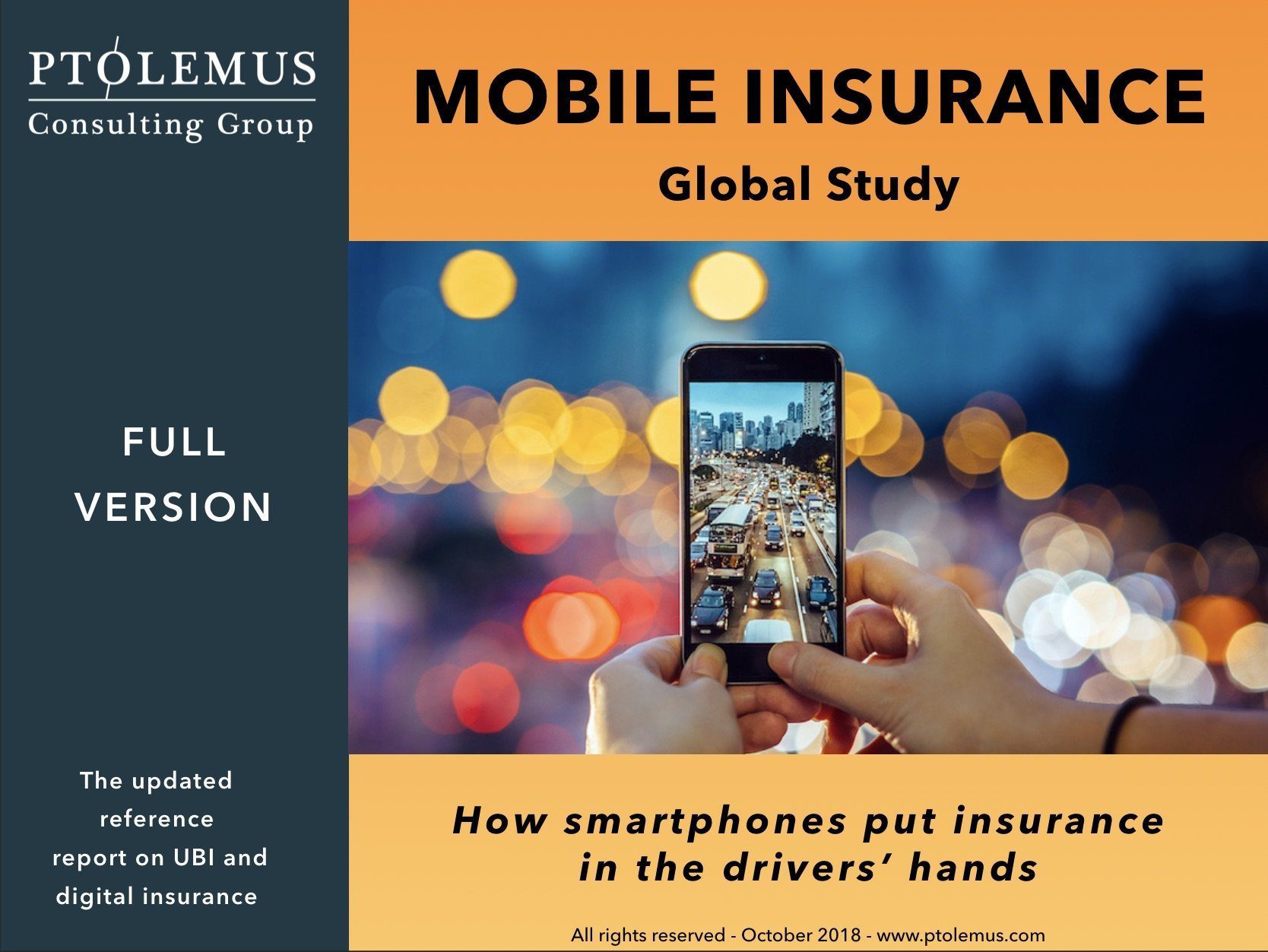Unveiled: the most common scoring factors for Usage-based Insurance

New research from PTOLEMUS Consulting Group examines the factors used for calculating the driving score of more than 200 UBI programmes from 100 different insurers. The programmes are in 6 mature and high growth markets in Europe and North America.
The key ways insurers are keeping score:
- 70% of the programmes use harsh braking (how aggressively the driver brakes), making it the most often used criteria to monitor driving behaviour
- 65% of the programmes include speeding (speeds over the limit) as a criteria to analyse the risk of accidents occurring and to promote safe driving habits
- 61% of the programmes use rapid acceleration (how fast the driver accelerates)
- 56% of Pay How You Drive (PHYD) programmes don’t consider the distance driven in the score
- 21% of the programmes remain Pay As You Drive (PAYD), meaning they only monitor the distance driven
For the 70 smartphone-centric programmes analysed, PTOLEMUS found that:
- 80% of the apps use rapid acceleration and harsh braking
- 57% use cornering (how rapidly the driver turns) to calculate risk
- 50% of insurers consider night time driving or peak time driving
- 27% use contextual data sets such as road type and traffic data
- Finally, 30% of the apps are tracking smartphone usage to profile and score driving behaviour

The study reveals that insurers do not tend to base driving scoring on all possible factors, instead selecting just a handful of them. The key factors are like ingredients in a recipe; the secret to a good score relies on how individual factors are timed, combined, and weighted. A good scoring mechanism not only helps insurers improve loss ratios, but also helps drivers make smarter driving decisions through timely feedback.
Are you interested in finding out more?
We have done a deep dive into 240 of the top mobile insurance apps worldwide and published more interesting findings in our Mobile Insurance Global Study. You can download the free abstract here.

